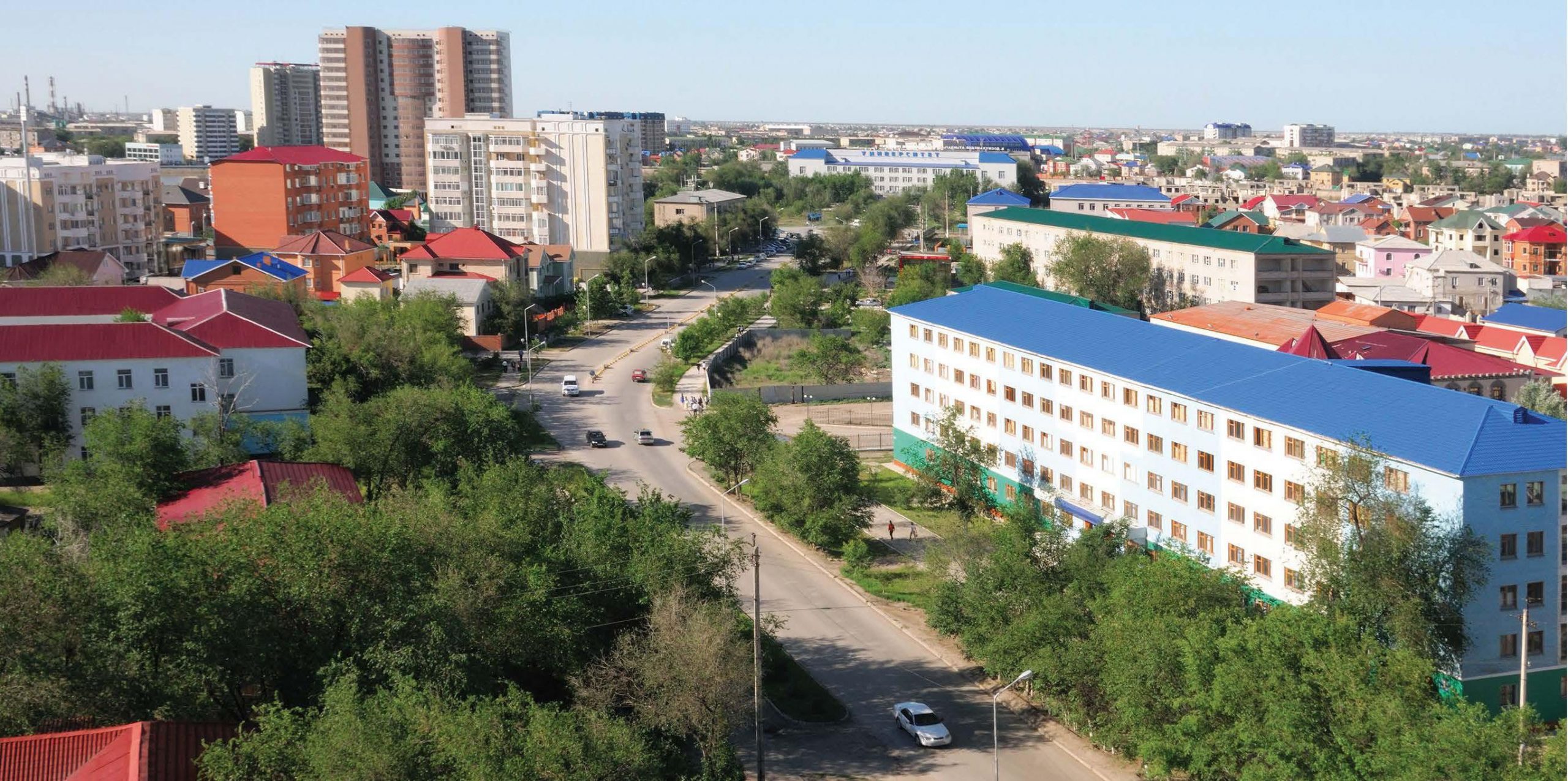
Kashagan is an oil field off the coast of Kazakhstan in the Caspian Sea. It is estimated to hold 13 billion barrels of oil, making it the largest oil field outside the Middle East. Kashagan is a potential megaproject that could produce 1.5 million barrels of oil every day at its peak. It was discovered in 2000, but despite its size, the field is still not in production due to a range of environmental, transportation and engineering challenges.
For most of the twentieth century oil and gas production was dominated by transnational companies (TNCs), such as BP and Shell. Countries relied on these TNCs for their expertise in extraction of energy fuels. In recent years the government-owned oil companies of oil-producing countries have sought a greater share of the profits from new fields. At the same time oil and gas has become more technically difficult to extract as the most accessible fields are already producing or depleted.
Your organisation does not have access to this article.
Sign up today to give your students the edge they need to achieve their best grades with subject expertise
Subscribe




